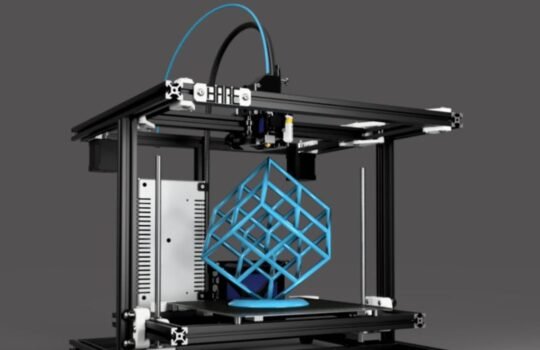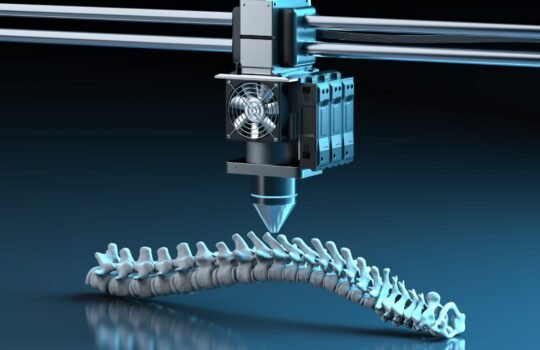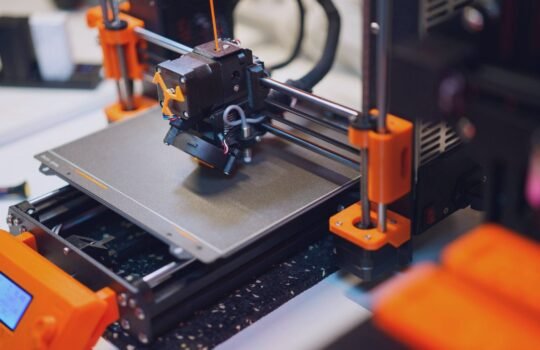As India’s demand for custom products and rapid prototyping grows, 3D printing services are expanding their capabilities beyond just additive manufacturing. One powerful combination gaining traction is silicon moulding paired with resin casting. This technique bridges the gap between prototype and production, offering high-quality results without the high cost of traditional tooling.
In this blog, we’ll explore how Silicon Moulding works, why it’s ideal for resin casting, and how it empowers 3D printing services to deliver faster, better, and more affordable solutions.
What is Silicon Moulding?
Silicon moulding is a process of creating flexible, high-precision moulds using silicone rubber, commonly RTV (Room Temperature Vulcanising) silicone. These moulds are made by pouring liquid silicone over a master model, often 3D printed, to capture every tiny detail.
Once cured, the silicone mould becomes a reusable negative that can produce multiple resin castings with excellent surface finish and dimensional accuracy. Because of its flexibility, heat resistance, and non-stick properties, silicone is ideal for intricate shapes and delicate parts.
For 3D printing service providers, it’s a perfect method to scale up production without investing in costly tooling.
Why Use Silicon Moulding for Resin Casting?

When it comes to replicating parts with fine detail and smooth finishes, silicone moulding is the go-to method for resin casting. Its ability to capture intricate surface textures makes it ideal for duplicating 3D printed masters.
For service providers, the benefits are clear:
- High accuracy – Every resin part comes out nearly identical to the original.
- Multi-use moulds – A single silicone mould can be used for 20 to 50 castings, depending on the material.
- Chemical resistance – RTV silicone handles different resins like polyurethane and epoxy without degradation.
- Low setup cost – No need for metal tooling or heavy machinery.
Silicon Moulding + 3D Printing: A Hybrid Production Powerhouse
Combining 3D printing with silicon moulding offers a smart, scalable production workflow—especially for businesses offering rapid prototyping and low-volume manufacturing.
It starts with a master pattern, typically created using SLA or DLP 3D printing, known for their high resolution and smooth surface finish. This master is then used to produce a silicone mould, capturing even the finest design details.
Once the mould is ready, it’s used to cast multiple resin parts with consistent quality, reducing per-part cost and production time. This hybrid approach is ideal for runs of 10 to 200 units, making it perfect for:
- Functional prototypes
- Beta testing models
- Customised products
- Bridge production before mass manufacturing
Use Cases in the Indian Market
![]()
In India’s fast-growing product development space, silicon moulding paired with resin casting is unlocking new possibilities for startups, SMEs, and design studios alike. Here are some high-impact applications:
- Jewellery Prototyping: Perfect for creating intricate wax patterns or resin masters for casting. Fast iterations, low cost, and design flexibility are key benefits.
- Custom Consumer Products: Whether it’s phone accessories, home decor, or ergonomic gadgets, you can rapidly prototype and manufacture in short runs.
- Architectural & Miniature Models: Scale models for real estate, urban planning, or hobbyists benefit from the fine detail capture and consistency of silicon moulds.
- Medical Device Housings: Produce quick, functional enclosures and parts for clinical trials and demo units—especially in India’s booming health-tech sector.
- Automotive & Industrial Prototyping: Useful for fabricating casings, brackets, or dashboard components in small batches for testing and validation.
Comparing Silicon Moulding to Traditional Tooling
For many Indian businesses, traditional manufacturing methods like injection moulding can be expensive, time-consuming, and impractical for low-volume runs. That’s where silicon moulding stands out.
Here’s how they compare:
| Feature | Silicon Moulding | Injection Moulding |
|---|---|---|
| Setup Cost | Low | High |
| Lead Time | 2–5 days | 2–6 weeks |
| Ideal Volume | 10–200 parts | 1,000+ parts |
| Tooling Material | Soft silicone | Hardened steel or aluminium |
| Flexibility | Easy to modify | Difficult and costly to change |
Conclusion
For 3D printing service providers in India, silicon moulding is more than just a supporting process—it’s a smart business strategy. When combined with resin casting, it enables fast, affordable, and high-quality production, especially for low to mid-volume needs.
From jewellery and product design to industrial prototypes, this hybrid approach helps you serve more industries with faster turnaround and better margins.By integrating silicon moulding into your 3D printing workflow, you’re not just replicating parts—you’re scaling ideas.
Looking to add silicon moulding to your service line? Partner with Tesseract for expert support, from master model design to flawless casting. Let’s shape the future of manufacturing together.






